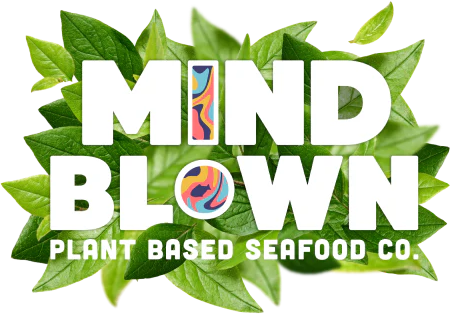
Alternatives to traditional seafood continue to diversify through plant-based, cultivated, and fermentation-derived production methods, and investors are casting their bets accordingly.
According to a recent Good Food Institute (GFI) State of the Industry report, alternative seafood companies saw record backing in the first half of 2021. As of June, invested capital through disclosed deals alone totaled $116 million, exceeding the industry’s total funding in 2020.
“This past year, investors took note of consumer trends, the effects of the pandemic on seafood supply chains and the large boost to online grocery services.” Maya Benami, PhD microbiologist and alternative protein consultant told The Food Institute. “Venture capitalists also see that seafood has a higher profit margin and potentially wider variety of global food offerings compared to many types of cultivated and fermentation-derived meats and dairy.”
Plant-Based Expansion
The last year has seen an explosion in plant-based seafood products, Mission: Plant founder and managing director David Benzaquen told The Food Institute.
In its latest category analysis, Future Market Insights forecast that the global plant-based fish market will grow by a 28% CAGR between 2021 and 2031.
“While the category previously was primarily made up of canned tuna alternatives, we now see a wide variety of species in various applications, including some companies tackling the versatile group of whitefish products,” said Benzaquen. “We also see the entrance of major global food giants into the space like Nestle, Bumblebee Seafoods, Thai Union, and more.”
Combined global investments in plant-based seafood companies from 2020 and the first half of 2021 totaled $84.25 million, as reported by GFI. Notable highlights from U.S. companies include:
- Gathered Foods – the makers of Good Catch plant-based seafood products — secured $26.35 million in Series B funding in 2021.
- New Wave Foods entered a non-exclusive agreement with foodservice redistributor, Dot Foods, to officially launch its plant-based shrimp in North American restaurants.
- The Plant Based Seafood Co partnered with wholesale distributor, Pod Foods, as part of the company’s retail launch in the U.S.
“Branded manufacturers and foodservice distributors see the potential in these companies to generate new revenue streams with the added advantage of more reliable, sustainable, and safe inputs,” added Benami.
Cultivated Making Strides
While no cultivated seafood options are available on the market yet, the U.S. is a leader in both funding and producing visionary leaders and companies in the whole seafood space, said Benami.
Combined global investments in cell-cultured seafood companies from 2020 and the first half of 2021 totaled $123.06 million, as reported by GFI. Notable highlights from U.S. companies include:
- BlueNalu raised $60 million of convertible debt in the first half of 2021, which enabled the company to launch a 40,000-square-foot commercial pilot facility — the world’s first for cultivated seafood.
- Cultivated salmon company Wildtype also opened a pilot facility.
While cultivated seafood and meat producers share similar methods, Benami believes market penetration potential is higher with seafood, because many of the technical aspects of production may be easier and less expensive.
Cultivated seafood producers have also aimed higher in terms of overall product appeal.
“Instead of focusing on minced, fish-stick type of seafood blends, more companies are finding creative solutions to replicate whole seafood characteristics like fish and shellfish’s unique tastes, textures, nutritional profiles, and appearance,” Benami said.
Fermentation Developments
Much like cultured seafood, fermentation-based seafood is still in its infancy in terms of product production.
Quorn’s fishless fingers are the only widely available fermentation-enabled seafood product on the global market. However, several other companies are making strides.
- Odontella, which makes a structured salmon analogue using seaweed and microalgae, announced two contracts with food retailers for at least 500,000 servings.
- ENOUGH announced a prototype mycoprotein tuna steak produced via a 3D printer.
In terms of market penetration, Benami sees promising indicators that the fermentation category could have several advantages over its cultivated counterpart.
Fermentation-derived products should face less consumer opposition because the production methods do not involve any animal-based ingredients, biopsies or cells, said Benami. “Additionally, companies advertise their eventual products to be allergen-free, GMO-free, and have the same or even enhanced nutritional profiles over traditional or cultivated seafoods.”
https://foodinstitute.com/focus/whats-fueling-the-alternative-seafood-investment-boom/
